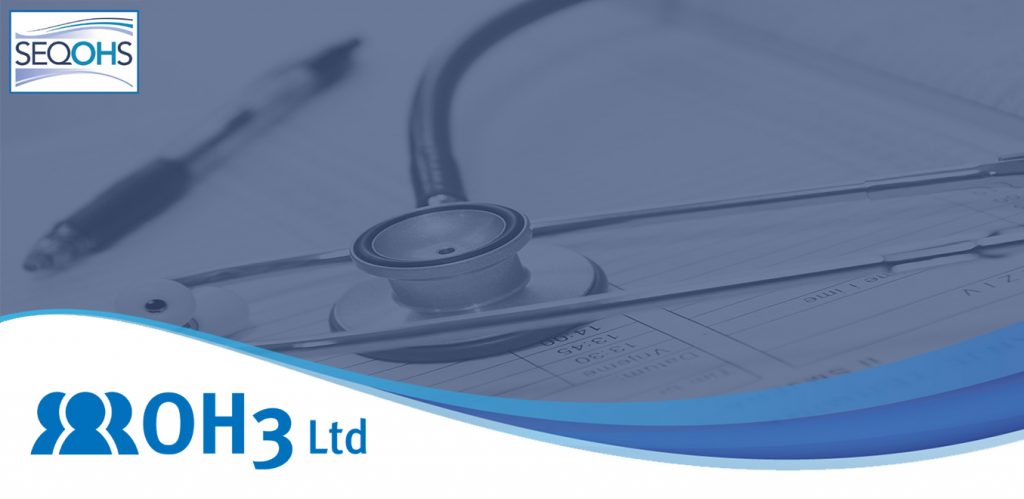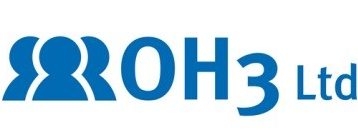
What is occupational health surveillance?
Workplace health surveillance is a programme of occupational risk based health checks that are caried out on the employees of a business or organisation. In many instances employers are required by UK law to carry out health surveillance medicals on their employees, the aim of this being to prevent ill health occurring due to particular working conditions. Common risk factors that can cause or contribute to ill health in a workplace are outlined below:
- Vibrating machinery or tools
- Ionising radiation or radioactive elements
- Solvents such as glues
- Fumes such as those given off during an industrial process
- Dusts for example from sawing woodwork
- Noise at work exposure
- Biological agents such as microorganisms and their associated toxins
- Working with lead or asbestos
There are also other less common substances or work environments which could contribute to potential ill health of employees, however the list above outlines the main types of risks. Alongside workplace mitigation and safety practises, a health surveillance schedule of regular employee health check medicals can help to spot the early signs of ill health.
Why workplace health surveillance is important?
It is important for employers who have a workforce operating at risk of workplace ill health to implement a programme of regular health surveillance medicals. This is important for several reasons, firstly is that health surveillance helps to detect the early signs of ill health. This is crucial in allowing employers the ability to be able to react to this and introduce more stringent control methods at their workplace to prevent any illness becoming worse or more widespread amongst their employees. This also allows best practices to be implement with advice provided by occupational health staff as the health surveillance programme is carried out. By allowing occupational health Nurses and Physicians to work closely with your employees, HR and management teams can then be provided with both data and guidance to help you evaluate the risks to your staff. This will also provide a valuable opportunity to highlight any lapses in workplace control measures and identify any training or reinforce training amongst employees, such as by issuing further guidance on the correct wearing of PPE (personal protective equipment) for all staff.
Implementing a health surveillance programme
Management and HR teams should conduct their own internal risk assessment to identify their need for a health surveillance programme. It is important that any health surveillance programme is not used as an alternative for undertaking a workplace risk assessment, or, for implementing controls of risks to health in the workplace. Health surveillance must be carried out in conjunction with a risk assessment and effective health and safety controls. Although health surveillance programmes can be used to help understanding of areas where more health and safety controls need to be put in place and, of course, detect early signs of work related ill health, employers must on their own initiative take action to prevent harm to their workforce.
As part of a risk assessment to guide an employer to whether or not health surveillance is required, they should assess the workplace to determine what could harm a workers health, take reasonable steps to understand and reduce this potential harm and take practical harm reduction steps through control measures. OH3 can also assist by providing an Occupational Health Needs Assessment to advise what occupational health screening should be conducted as part of your heath surveillance process as well as advising on other health and well being initiatives. We can advise on a tiered approach.
Must Have, Should Have, Nice to Have.
When implementing health surveillance for your workplace you should avoid putting in place a blanket programme for all employees. This is because this would waste both time and money for your business. An effective programme should be based on a risk assessment and targeted only at employees who are at risk due to the nature of their work or their working environment. For employees that are at risk of workplace ill health, health surveillance can be required by law. This particular need and employer obligation should not be confused with other health measures, such as general workplace wellbeing or mental health support or procedures to help employees live healthily. This would be measures such as a drive or incentive to encourage employees to cycle to work or reduce/quit smoking, health surveillance is very different to this.
For a business or organisation that has many different employees performing different risk based tasks, it is important to note that fitness to work medicals are also separate to health surveillance. One example of this would be folk lift truck or crane operator medicals, which is not part of health surveillance and would run separate to any health surveillance programme implemented.
Understanding the health surveillance needs of your business
In order to understand if your organisation requires health surveillance, an employer should have health surveillance in place for their workers if an illness, disease or detrimental health impact can be associated with exposure whilst employees are at work and if it is likely that the disease or health effect occurred as a result of the nature of their work.
Health surveillance is required by law in situations where there is a risk to employee health despite controls measures being put in place to mitigate this risk, this is especially the case in situations concerning occupational noise exposure, vibration such as use of power tools and machinery or work around substances that are known to be harmful to health. Some further examples are work with lead or asbestos.
Consulting with employees and Trade Unions is important in delivering a successful health surveillance programme. Having the cooperation of workers will lead to better outcomes in terms of your workforce’s commitment to health and safety as well as compliance with control measures that are highlighted and put in place. Another thing to remember is that the cost of health surveillance must be met by the employer and not the employees, with allowance made for employees to attend appointments with the occupational health clinical team during their normal working hours.
If you require further information on workplace health surveillance you can use the following link to see the types of medicals that our team carries out. We are able to conduct health surveillance appointments at our Newcastle and Edinburgh sites, as well as at your premises for a large number of employees if a suitable private room is available. After browsing our page you can contact our team who will be happy to advise you on the next steps required to ensure your employees are safe from ill health as a result of their work.

